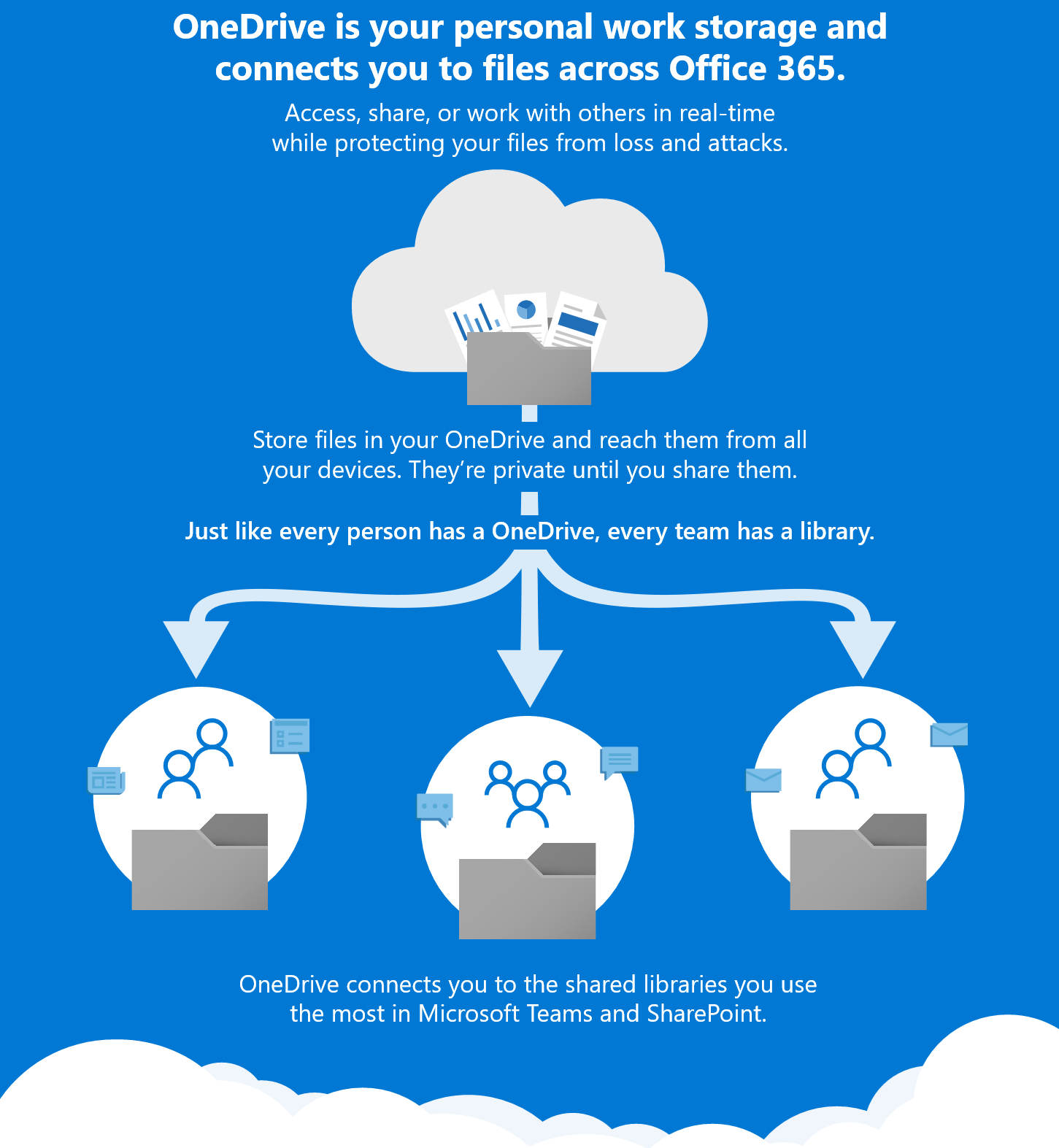
One of the things I have been trying to improve is the users “first logon” experience in Windows 10.Microsoft OneDrive for iOS could allow a remote authenticated attacker to bypass security restrictions. Waiting for the OneDrive sync client to “do its thing” reminded me of that one kid in the class that could be awesome if they tried harder.

After the user profile is created (another post coming soon on tweaking the speed of this), OneDriveSetup.exe was called from the Default User Hive “Run” key. If OneDrive wasn’t installed in the User’s Profile (unlikely for a new profile), it would go and throw the binaries in %localappdata%, check for updates, twiddle its thumbs and eventually download some files or stubs. Maybe our users have different expectations. “We want everything and we want it now” are the user chants that drift into our team – with rhythmic resemblance to war drums being beaten from a civilization who have just caught their first sniff of hot gravy.Īn awesome OneDrive feature that now demands we make files available ASAP is “Known Folder Move” (KFM). This feature lets you redirect your users Documents, Pictures, and Desktop folder to OneDrive automatically.

The Desktop is a pretty obvious thing when you log on.

If your users files aren’t there within a minute you’re gonna be hunted down. If you have user profile management or a “one user one laptop” policy then your users might forgive you for a one off, slow logon. Deploying the Machine Wide OneDrive Sync Client during a Task Sequenceġ.Ĭreating an SCCM Application for the Machine Wide OneDrive Sync Client.Removing the reference to C:\Windows\SysWOW64\ Settings for OneDrive Silent Logon and KFM.Without the aforementioned, in a shared computing environment, where users hop onto different PC’s daily, you want your users to be logged in and working fast.the seconds and minutes count!Īfter tweaking in the lab, I have observed a method that automatically signs the user into OneDrive and completes KFM in under 20 seconds.


 0 kommentar(er)
0 kommentar(er)
